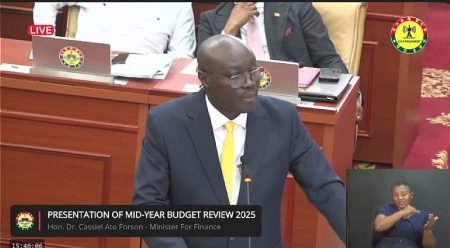The Untapped Potential: Nigeria’s Missed Opportunity in the Single African Air Transport Market
The Nigerian aviation industry finds itself at a critical juncture, grappling with the ramifications of its inability to capitalize on the Single African Air Transport Market (SAATM), a transformative initiative aimed at liberalizing air travel within the continent. While SAATM promises significant economic benefits, including a projected $1.3 billion annual increase in Africa’s airline industry GDP, Nigeria’s lack of international transit hubs at its major airports has hindered its participation and prevented it from reaping the rewards of this continental project. This deficiency has left Nigeria trailing behind smaller nations like Togo, which have effectively leveraged streamlined transit systems to become regional aviation hubs.
SAATM, a flagship project of the African Union, seeks to dismantle barriers to air travel across Africa, fostering economic integration, boosting tourism, and facilitating trade. By opening up African skies, the initiative aims to create a more connected and prosperous continent. However, despite being a signatory to SAATM, Nigeria’s aviation sector has been unable to effectively participate due to the absence of designated transit zones within its airports. These zones are crucial for facilitating seamless international connections, allowing passengers to transfer between flights without undergoing cumbersome immigration procedures. The current situation requires international transit passengers to navigate complex immigration processes, effectively deterring potential travellers and hindering the growth of the Nigerian aviation industry.
Key stakeholders in the Nigerian aviation industry, including prominent figures like Allen Onyema, Chairman of Air Peace, and Captain Ado Sanusi, Managing Director of Aero Contractors, have voiced their concerns about the missed opportunity and the urgent need for change. They argue that the lack of efficient transit systems is not only impacting the aviation sector but also hampering the overall economic growth of the country. A well-functioning transit hub would generate significant revenue through increased duty-free sales, service fees, and enhanced international connectivity, boosting Nigeria’s economic standing. Onyema emphasizes the importance of attracting regional transit passengers to bolster international operations, citing the success of smaller nations like Togo, where airlines like Asky have thrived by facilitating seamless passenger connections. Sanusi echoes this sentiment, highlighting the need for a redesign of airport infrastructure to accommodate smooth baggage transfer and passenger movement without unnecessary immigration hurdles.
Comparing Nigeria’s situation to that of smaller West African countries like Togo reveals a stark contrast in approach and outcomes. Lomé–Tokoin Airport in Togo, despite the country’s lack of substantial domestic operations, has become a successful regional hub due to its streamlined transit processes. This allows Asky Airlines to capitalize on transit traffic, attracting passengers from across the region and beyond. The ease of connection offered by Lomé–Tokoin Airport exemplifies the potential benefits of efficient transit systems, a model Nigeria could adopt to transform its own airports into thriving international hubs. The example of Togo demonstrates that even smaller nations can achieve significant success in the aviation sector by focusing on facilitating international transit and creating a user-friendly experience for travellers.
The financial implications of Nigeria’s inability to capitalize on SAATM are substantial. The full implementation of the initiative is projected to increase intra-African air traffic by 51% and significantly reduce average airfares, making air travel more accessible and affordable for millions of Africans. The International Air Transport Association (IATA) estimates that SAATM has the potential to add $1.3 billion annually to Africa’s airline industry GDP, a significant economic boost that Nigeria is currently missing out on. This missed opportunity represents a significant loss of potential revenue and economic growth for the country, highlighting the urgent need for investment in airport infrastructure and streamlined transit procedures.
Industry experts and stakeholders are calling for immediate action to address the infrastructure and procedural bottlenecks hindering Nigeria’s participation in SAATM. They advocate for strategic investments in airport design, specifically incorporating dedicated transit zones and simplifying transit procedures. Transforming Nigeria’s major airports into efficient transit hubs would not only unlock the country’s aviation potential but also contribute significantly to its economic growth and enhance its connectivity with the rest of Africa. By learning from the successes of smaller nations like Togo and embracing the principles of streamlined transit, Nigeria can position itself as a major player in the African aviation market and unlock the substantial economic benefits promised by SAATM.














